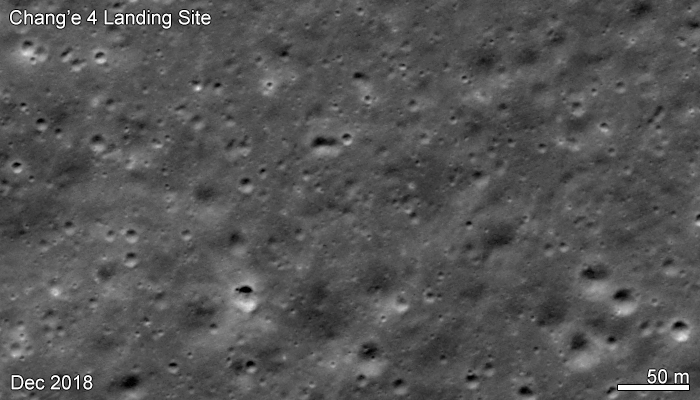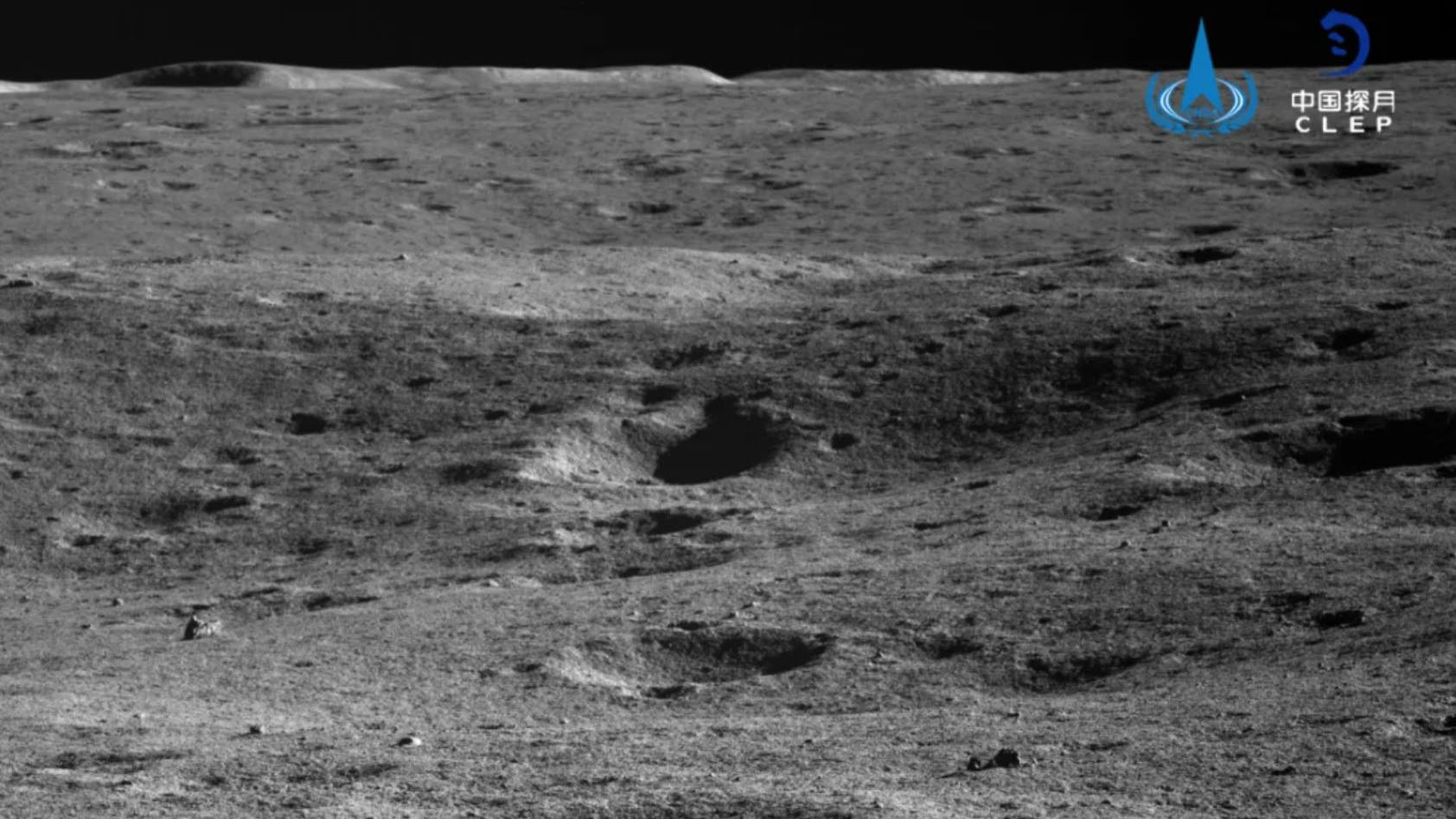NASA spacecraft reveals travels of China's Yutu 2 rover on far side of the moon

China's Yutu 2 rover just turned two years old, and NASA's Lunar Reconnaissance Orbiter has kept a sharp eye on its movements during its mission on the far side of the moon.
While China's Chang'e 5 sample-return mission has been basking in the lunar limelight, the Chang'e 4 mission was also back in action. Chang'e 4 launched to the moon in May 2018 and deployed the Yutu 2 rover to the lunar surface on Jan. 3, 2019. The sun rose over Von Kármán crater on Dec. 7, meaning the solar-powered lander and Yutu 2 rover were active on Dec. 9.
The China Lunar Exploration Program stated the spacecraft had completed their lunar day's work on Dec. 22. Yutu 2 covered 35.9 feet. (10.95 meters) during lunar day 25, meaning a total drive distance of 1,970 feet (600.55 m) during its time on the far side of the moon.
Related: China unveils ambitious moon mission plans for 2024 and beyond
Meanwhile the team behind the Lunar Reconnaissance Orbiter Camera (LROC) at the School of Earth and Space Exploration, Arizona State University, have combined a number of images to show the two-year-old rover's journey.
The set of images taken by the LROC start from just before the historic January 2019 Chang'e 4 landing and lead up to recent lunar days.
The images from orbit show Yutu 2's progress across the crater-pocked floor of Von Kármán crater.
Get the Space.com Newsletter
Breaking space news, the latest updates on rocket launches, skywatching events and more!
Related: Yutu 2 snaps stunning new panoramas from the moon's far side

Yutu 2 has been heading to the northwest of its lander companion but faces a landscape strewn with craters which could trap the roughly 309-lb. (140 kilograms) Yutu 2.
LRO also spotted the Chang'e 5 lander just a day after its historic touchdown in Oceanus Procellarum.

Follow us on Twitter @Spacedotcom and on Facebook.
Join our Space Forums to keep talking space on the latest missions, night sky and more! And if you have a news tip, correction or comment, let us know at: community@space.com.

Andrew is a freelance space journalist with a focus on reporting on China's rapidly growing space sector. He began writing for Space.com in 2019 and writes for SpaceNews, IEEE Spectrum, National Geographic, Sky & Telescope, New Scientist and others. Andrew first caught the space bug when, as a youngster, he saw Voyager images of other worlds in our solar system for the first time. Away from space, Andrew enjoys trail running in the forests of Finland. You can follow him on Twitter @AJ_FI.









